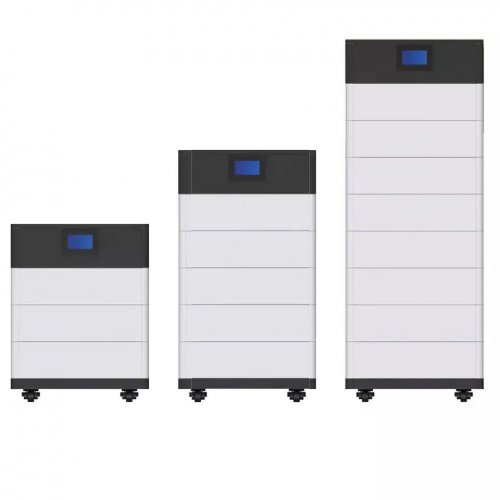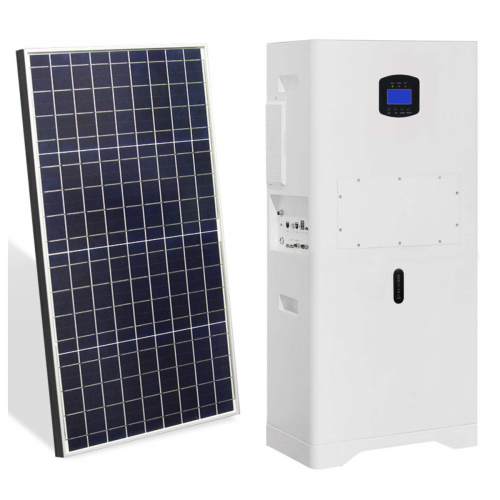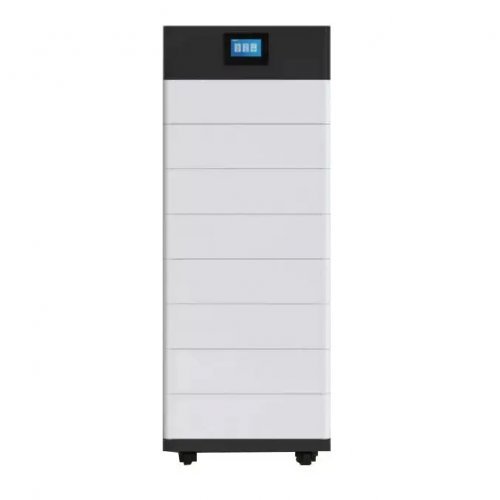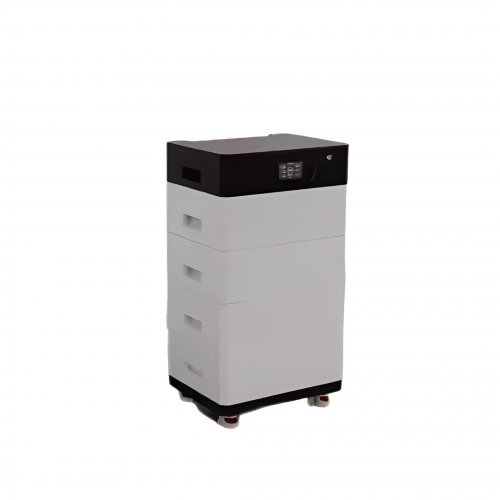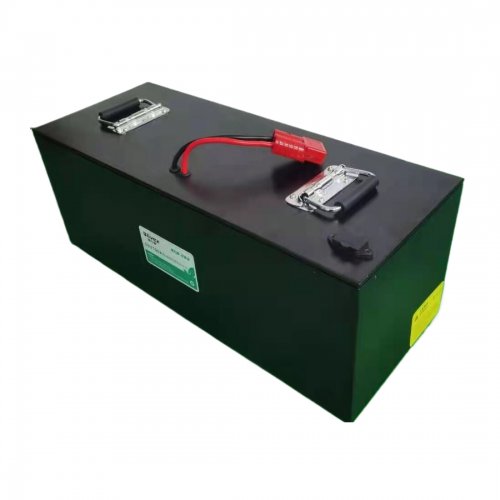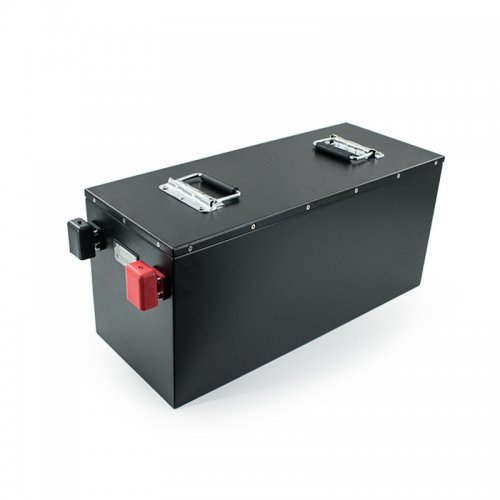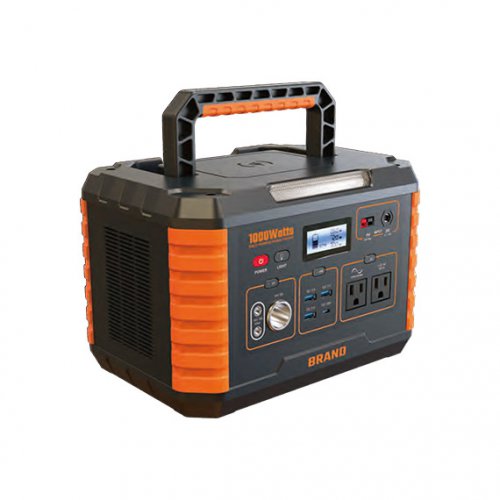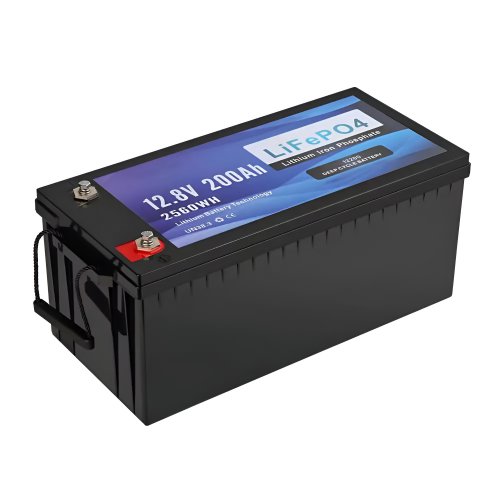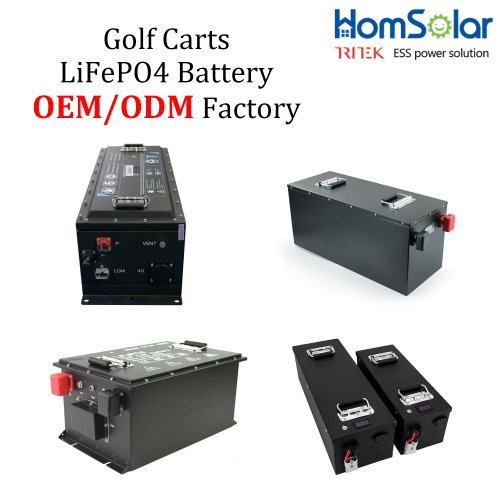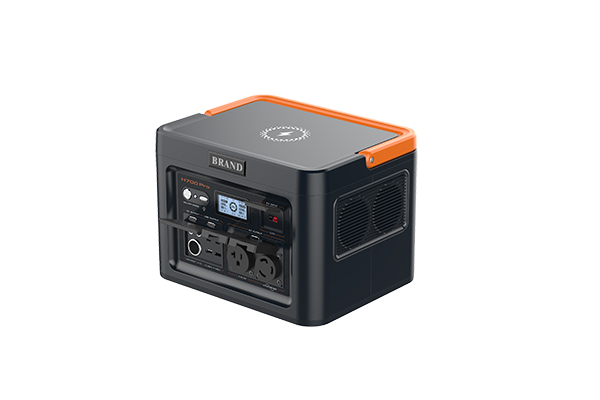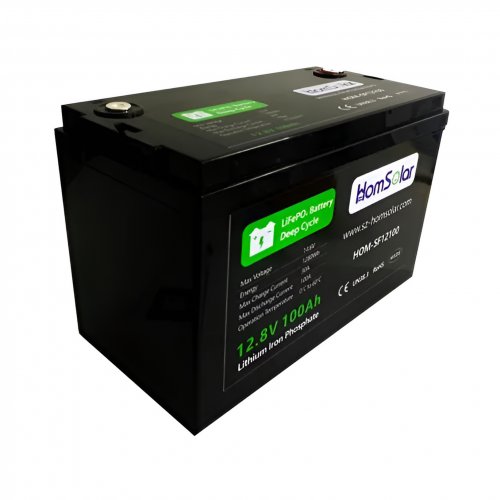Battery Manufacturing Updates News: Solid-state Advancements And Gigafactory Expansions Reshape The Industry
The global battery manufacturing landscape is undergoing a period of unprecedented transformation, driven by the dual engines of technological innovation and massive capital investment. As demand for electric vehicles (EVs) and grid-scale energy storage solutions continues to surge, manufacturers are racing to scale production, improve efficiency, and develop next-generation chemistries. The latest updates from the sector reveal a clear focus on solid-state technology commercialization and the strategic global expansion of production capacity.
Latest Industry Dynamics: From Lab to Production Line
A significant shift is occurring from pilot projects to full-scale manufacturing facilities. Leading automotive OEMs and battery giants are making substantial financial commitments to secure their supply chains and technological edge.
One of the most notable developments is the accelerated timeline for solid-state batteries. For years, a promising technology confined to research laboratories, solid-state batteries are now nearing commercialization. Toyota recently announced a strategic partnership with Idemitsu Kosan to jointly develop mass-production technology for solid-state electrolytes, aiming for commercialization in EVs by 2027-2028. Similarly, QuantumScape, a prominent player in the field, has begun shipping its Alpha-2 prototype cells to automotive OEMs for testing, a critical step towards validating its lithium-metal solid-state design for use in vehicles.
Parallel to these technological leaps, the expansion of gigafactories continues at a remarkable pace. CATL, the world’s largest battery manufacturer, is proceeding with its ambitious global footprint strategy. Its new facility in Germany is now operational, and plans for a plant in Hungary are underway, signaling a strong commitment to serving the European EV market locally. In the United States, the incentives provided by the Inflation Reduction Act (IRA) have catalyzed a wave of new investments. Panasonic is expanding its Nevada facility and has broken ground on a new $4 billion factory in Kansas dedicated to producing its higher-energy-density 2170 cells and the new 4680 format for Tesla and other clients.
Furthermore, the industry is witnessing a surge in investment in lithium iron phosphate (LFP) battery production outside of China. Ford’s landmark licensing agreement with CATL to build LFP batteries at its new Marshall, Michigan plant exemplifies this trend. This move diversifies the chemical portfolio available to North American automakers, offering a more cost-effective and stable, albeit less energy-dense, alternative to nickel-manganese-cobalt (NMC) batteries.
Trend Analysis: Efficiency, Localization, and Sustainability
The current dynamics point to three dominant trends that will define the industry's future.
First is the relentless pursuit of manufacturing efficiency and cost reduction. The transition to larger cell formats, like the 4680 cylindrical cell, is a key part of this strategy. These larger cells require fewer individual units per pack, simplifying manufacturing and assembly, reducing the use of expensive materials like copper and aluminum, and ultimately lowering the cost per kilowatt-hour (kWh). Additionally, manufacturers are increasingly integrating AI and machine learning into production lines to optimize yield, predict maintenance, and enhance quality control, driving down waste and improving consistency.
Second, supply chain localization is no longer a suggestion but a strategic imperative. Geopolitical tensions and the desire for supply chain resilience, compounded by policy incentives like the IRA’s domestic content requirements, are forcing companies to build factories closer to their end customers. This trend is creating regional manufacturing hubs in North America and Europe, reducing the industry's historical reliance on a concentrated supply chain in Asia. This reshoring effort extends beyond cell production to the sourcing of critical raw materials, such as lithium, nickel, and graphite.
Third, sustainability is moving from a peripheral concern to a core operational pillar. The significant carbon footprint of battery manufacturing is under increasing scrutiny. In response, companies are investing heavily in renewable energy to power their gigafactories and implementing large-scale recycling programs. The emergence of a circular economy for batteries is gaining traction, with companies like Redwood Materials and Li-Cycle building hydrometallurgical facilities to recover critical materials from end-of-life batteries and production scrap, thereby reducing the need for virgin mining.
Expert Perspectives: Cautious Optimism Amidst Challenges
Industry experts acknowledge the rapid progress but caution that significant hurdles remain.
Dr. Elena Schmidt, a materials scientist and industry consultant, emphasizes the solid-state transition: "The recent announcements are incredibly promising and show that the fundamental engineering challenges are being overcome. However, the jump from high-volume prototype production to mass manufacturing that meets automotive-grade safety and durability standards is immense. Scaling the synthesis of stable solid electrolytes uniformly and cost-effectively is the next great frontier."
On the expansion of manufacturing capacity, Michael Jones, an analyst specializing in energy storage, highlights the infrastructure challenges. "The breakneck speed of gigafactory construction is impressive, but it must be matched by investments in the underlying infrastructure—stable electrical grids, water access, and a skilled workforce. Furthermore, the competition for limited supplies of key minerals could become a bottleneck, potentially slowing down this expansion and increasing costs."
Finally, on sustainability, Dr. Priya Sharma, lead researcher at the Global Battery Alliance, states, "While recycling technology is advancing, the ecosystem is still in its infancy. The true measure of success will be designing batteries for disassembly and recycling from the outset, not as an afterthought. The industry must collaborate on standardizing cell and pack designs to make recycling economically viable at scale."
In conclusion, the battery manufacturing industry is at a pivotal juncture. The convergence of next-generation technology, geopolitical manufacturing strategies, and an intensified focus on sustainability is creating a more robust, diverse, and innovative sector. While the path forward is fraught with technical and logistical challenges, the continued updates from production lines and R&D labs worldwide signal a collective drive to power the future of transportation and energy.
Customized/OEM/ODM Service
HomSolar Supports Lifepo4 battery pack customization/OEM/ODM service, welcome to contact us and tell us your needs.


HomSolar: Your One-stop LiFePO4 Battery Pack & ESS Solution Manufacturer
Our line of LiFePO4 (LFP) batteries offer a solution to demanding applications that require a lighter weight, longer life, and higher capacity battery. Features include advanced battery management systems (BMS), Bluetooth® communication and active intelligent monitoring.

Customised Lithium Iron Phosphate Battery Casing
ABS plastic housing, aluminium housing, stainless steel housing and iron housing are available, and can also be designed and customised according to your needs.

HomSolar Smart BMS
Intelligent Battery Management System for HomSolar Energy Storage System. Bluetooth, temperature sensor, LCD display, CAN interface, UART interface also available.


Terminals & Plugs Can Be Customized
A wide range of terminals and plugs can be customised to suit the application needs of your battery products.

Well-designed Solutions for Energy Storage Systems
We will design the perfect energy storage system solution according to your needs, so that you can easily solve the specific industry applications of battery products.



About Our Battery Cells
Our energy storage system products use brand new grade A LiFePO4 cells with a battery lifespan of more than 4,000 charge/discharge cycles.



Applications in Different Industries
We supply customized & OEM battery pack, assemble cells with wiring, fuse and plastic cover, all the cell wires connected to PCB plug or built BMS.
Applications: E-bike, Electric Scooter, Golf Carts, RV, Electric Wheelchair, Electric Tools, Robot Cleaner, Robot Sweeper, Solar Energy Storage System, Emergency Light, Solar Power Light, Medical Equipment, UPS Backup Power Supply.
We can provide you with customized services. We have the ability to provide a vertical supply chain, from single cells to pack/module and to a complete power solution with BMS, etc.


HomSolar (Shenzhen) Technology Co., Ltd







